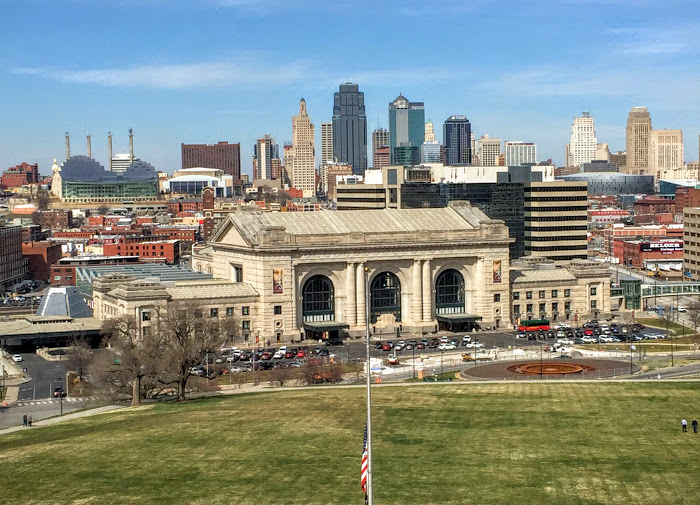Woodland creatures scurry frantically across the sizzling undergrowth as flames engulf their modest forest homes. A defeated buck lies on the charred ground, struggling to make use of his limp legs.
While many would associate this scene with the dramatic wildfire in Walt Disney’s Bambi, Americans on the West Coast would immediately think of the “Rim Fire” currently blazing dangerously close to California’s Yosemite National Park.
Four people have been injured in this wildfire, now recognized as the sixth largest in California’s history. Around 5,000 firefighters have been recruited to battle the blaze, and the estimated cost of fighting the wildfire has reached $54 million.
According to Southern California Public Radio, the Rim Fire has destroyed 111 structures, including 11 homes, and poses a threat to ancient giant sequoias, the world’s largest trees.
The Associated Press noted that the blaze now spans an area larger than San Francisco, Oakland and San Jose combined and was 40 percent contained as of the evening of Aug. 31.
Climate Central attributes the fire to a severe lack of precipitation in the area for the past year. California received a record-low 4.58 inches of precipitation between January and June of 2013, nearly 10 inches below the annual average according to the National Oceanic and Atmospheric Administration.
To make conditions worse, a heat wave in July contributed to even drier soils, setting the stage for the devastating blaze. This rise in temperature is not abnormal: parts of the West have been warming faster than the rest of the nation since the 1970s, a trend tied to climate change as well as natural climate variability.
“Increasing temperatures promote rainfall evaporation, which leads to more frequent instances of extreme fire conditions,” said Anthony Westerling, a climate scientist at the University of California at Merced, in an interview with Climate Central.
According to Professor of Geology Dave Dobson, prescribed burning is an effective strategy to help cope with such conditions.
“When used properly, prescribed or controlled burns can help renew and manage forests while reducing the risk of uncontrolled fires,” Dobson said.
Strategies for future fire prevention will be prevalent in the wake of the destructive Rim Fire.






